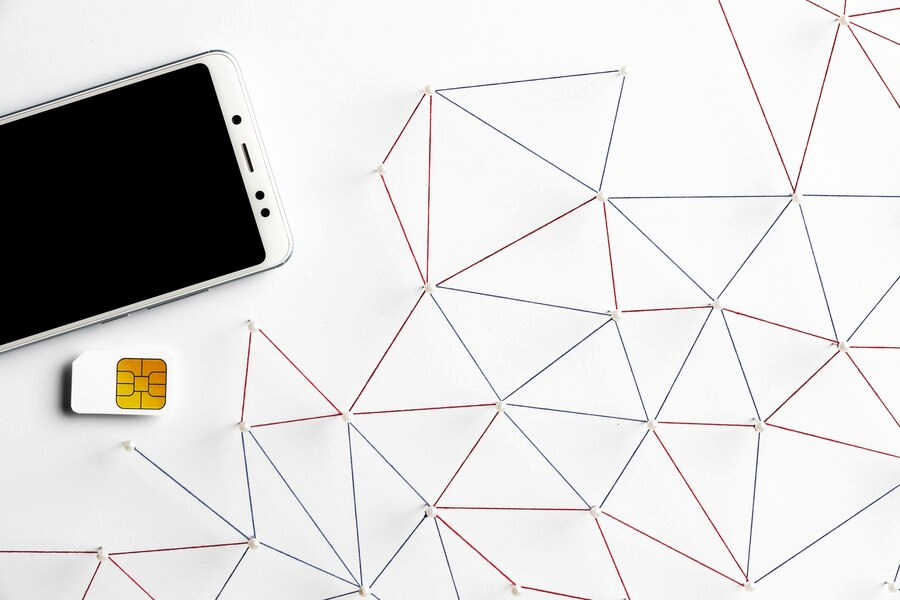With the emergence of the 5G network and fiber optic internet, there have been many questions about their differences. As the world is moving fast and the dependency on the internet has significantly increased, it is important for all of us to have access to fast internet. Now, you might be confused about 5G vs fiber optic.
Buy Airtel Postpaid with exciting benefits!
Moreover, if you are not an expert in telecom technologies, then it can be difficult to comprehend what is happening between the two. To help you make a better and more appropriate decision, in this article, we will discuss some important differences between 5G networks and fiber optic internet about factors like speed, latency etc. Now, let us understand both concepts separately and then look for the differences.
5G Network
5G is the next generation of mobile technology, and it promises to be faster than any network we have seen before. It will enable a range of new applications and capabilities that we can’t even imagine yet. The new network has already been rolled out in some major cities in India.
Must Read: What are Common Facts and Myths about 5G Network?
Furthermore, it’s expected to be 10x faster than 4G and 100x faster than 3G. As mentioned by experts, 5G will increase your mobile data speed by 1GB per second, so you won’t have to wait for long in order to stream HD videos or download large files. For example, you can download an entire HD movie in just a few seconds. 5G also offers better reliability and security compared with 4G networks as it uses new technologies that allow for more efficient use of spectrum.

This was about 5G, now let’s understand Fiber Optic and see how different they are.
Fiber Optic Technology
Fiber optic is a type of cable used to transmit data at very high speed. These cables are made of glass or plastic and use light signals to transfer data. They are used in communication, medical and military applications. As mentioned, fiber optic cable is made up of tiny glass or plastic fibers. Each fiber is about the size of human hair. The light travels through the fiber and is received at the other end. Fiber optic cables are used for long-distance communication because they can transmit data for miles without interference from other electrical signals.
Benefits of Fiber Optic
The optical fibers have a very high bandwidth capacity, which means that they can carry information at a much higher rate than other cables such as coaxial cables or twisted pairs.
5G Network vs Fiber Optic: Which one is better?
Well, both 5G and fiber optic internet are fast and reliable. Regardless, the two are fundamentally different in that they serve different roles. The 5G network is based on mobile wireless communication technology. On the other hand, fiber optic internet transmits information as light pulses along a glass or plastic fiber. That means, it connects to a specific location such as your home or office.
The main difference between the two is how much bandwidth they can deliver to your device. A 5G connection has more capacity for downloading data at very high speeds, upwards of 1 gigabit per second. Fiber optic connections cannot deliver these speeds wirelessly as 5G networks do. You will need a router to deliver wireless connectivity with fiber. Even then, Wi-Fi connections are usually restricted to a small area.
What are the Benefits of 5G? How will it help the users?
5G will enable new applications and capabilities in the near future. 5G will be a major step forward in mobile network evolution. It will enable higher data rates and lower latency, which are critical requirements for IoT applications such as remote surgery or autonomous vehicles, 4K video streaming, virtual reality and augmented reality, artificial intelligence systems, and massive machine communications, such as those used by smart power grids and transportation systems.
Also, the end user will be the main beneficiary of the new 5G network. It will enable new applications, services, and experiences that are not possible today. For example, real-time gaming with multiplayer capability, ultra-high-definition video streaming, remote surgeries performed over a mobile network, smart cars communicating with one another to avoid collisions or manage traffic flows, and augmented reality applications for everyday use cases like shopping or entertainment. These are just a few examples of what’s possible when you’re connected to 5G.
Conclusion
As you can see, there are many similarities between these two technologies but also several differences. The most important one is speed. Fiber optic internet has a much higher bandwidth than a 5G network does. Thus, this makes it possible for users to download files faster and stream video without any issues.
However, some experts predict that in the future both technologies will become more similar as they develop further into what we call today 4G LTE networks or 3G UMTS networks. This means your phone might someday be able to send data at incredible speeds using new wireless technologies.


 Get App
Get App  Airtel Store
Airtel Store  Login
Login 


